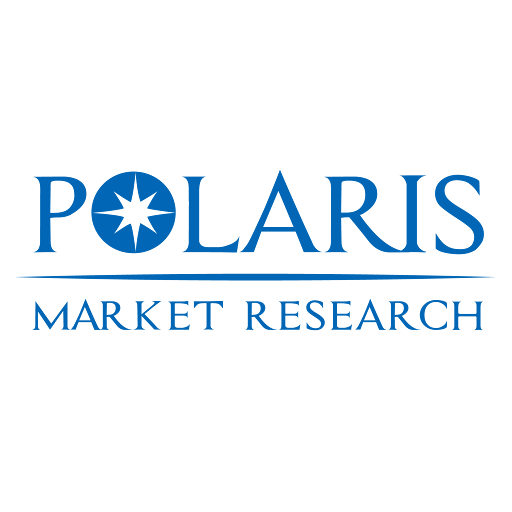Global AI in Life Science Analytics Market Growth Supported by Increasing Investment in Biotech R&D and Digital Health

The global AI in Life Science Analytics market stood at USD 1.78 billion in 2024 and is projected to grow at a CAGR of 10.7 %. Within this macro expansion, certain nations stand out as drivers of innovation, revenue concentration, and strategic R&D investments—particularly the U.S., China, Germany, and leading hubs such as the U.K. and Singapore. Concurrently, leading analytics providers are executing country-level positioning, acquiring scale, and capitalizing on regulatory frameworks to entrench market share.
The United States contributes a disproportionate share of global revenue given its mature biotech, life sciences, medical device, and contract research ecosystems. U.S. federal programs (e.g., NIH AI initiatives), regulatory openness to AI-generated evidence, and cross-disciplinary translational research strengthen demand. The presence of leading analytics vendors and deep venture capital support reinforce R&D leadership. In China, the government’s emphasis on biotech, genomics, and domestic AI infrastructure (including AI chips and national data platforms) encourages growth in life science analytics. Although cross-border data flow restrictions are strict, local companies and joint ventures deploy “localization-first” analytic models. Germany, along with other EU countries, balances rigorous regulatory regimes (e.g. GDPR, AI Act, MDR for devices) with deep pharmaceutical and academic strengths. The country’s analytics firms focus heavily on validated models, regulatory traceability, and compliance-driven workflows. The U.K. merges strong academic translational labs, AI startups, and favorable clinical trial infrastructure, while Singapore plays a role as a regulatory sandbox hub for regional life science analytics testing. National policy impact is evident: regulatory clarity around AI in diagnostics or drug development accelerates adoption, while uncertain or restrictive policy can decelerate market entry.
Read More @ https://www.polarismarketresearch.com/industry-analysis/ai-in-life-science-analytics-market
Market share concentration is pronounced; a handful of providers command a large share of high-value life science analytics. In terms of R&D leadership, leading firms invest heavily in domain-adapted models—for example oncology, immunology, multiomics integration—and often publish White Papers, partner with translational labs, or collaborate in consortia. Strategic positioning also involves localized data partnerships (national biobanks, clinical networks), country-specific validation, and compliance certifications. Corporate strategies are aggressive: top analytics players acquire biotech AI startups, partner with CROs (contract research organizations), or embed analytics into laboratory automation. Expansion into emerging markets involves deploying scaled models, shared services centers, or regional analytics hubs. Some firms are diversifying into adjacent life science AI markets (e.g. AI in diagnostics, AI in imaging) to bundle with analytics capabilities. The dominant players by market share are:
- Indegene
- IBM
- IQVIA
- SAS Institute
- Databricks
- Lexalytics
- Sisense
More Trending Latest Reports By Polaris Market Research:
Increasing Prevalence of Lifestyle Diseases to Propel Demand
Mobile Virtual Network Operator (MVNO) Market
Location-Based Services Market
- Fashion
- Art
- Causes
- Crafts
- Dance
- Drinks
- Film
- Fitness
- Food
- Spellen
- Gardening
- Health
- Home
- Literature
- Music
- Networking
- Other
- Party
- Religion
- Shopping
- Sports
- Theater
- Wellness
